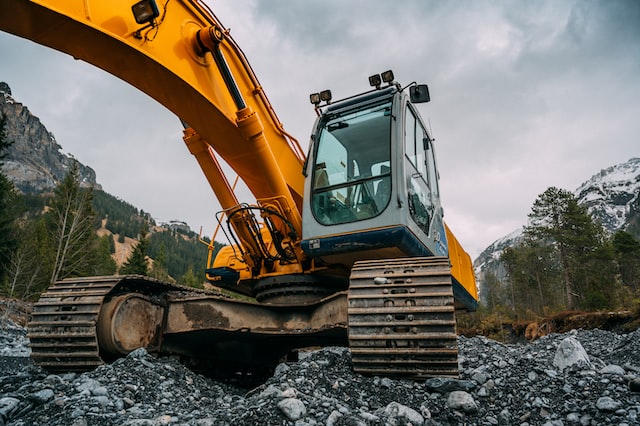Hydro excavators are used for removing soil and earth from structures. They are available in multiple models, including bucket ladders, bucket chutes, and fixed superstructures with counterweight boom and sewable undercarriages. These machines are efficient and safer than traditional trenching methods.
Hydrovac Excavators
Hydrovac excavators are an excellent option for trenchless construction since they can easily cut bores up to 70 feet long. They also limit the manual labor needed to complete a job, reducing the cost per job. Hydrovac excavators are also safe, minimizing damage to nearby underground pipes and structures.
Hydrovac excavators use water and vacuums to break up the soil. High-pressure water blasts the ground, creating a slurry, which is then vacuumed away by a powerful vacuum. This method is safer and more efficient than traditional trenching methods, as there is no need for digging around pipes or conduits.
Hydrovac excavators combine the power of high-pressure water with an industrial-strength vacuum. They can reach seventy feet in depth and easily dig any ground, including frozen ground.
Pressurized Water
Hydro excavation is a method of soil removal that uses pressurized water and a vacuum system. This method effectively uncovers underground pipes and utilities without disrupting them. Its low risk of damage makes it a preferred method for locating underground utilities.
Traditional excavation methods require digging holes with heavy machinery and moving large quantities of dirt. Hydro Excavation is faster, more accurate, and less invasive. It uses pressurized water to ensure all dirt is removed. This method is ideal for projects requiring the excavation of limited regions. Besides its ease of use, this method is safe for underground utilities.
Hydro Excavation can be used even on frozen ground. This method is an excellent solution for excavation during winter and short summer seasons. The water jet pulverizes soil and grass while a second operator works on an articulating boom to remove the slurry. It also preserves the surrounding area. In addition, it saves time and money by not having to backfill the excavation site. The process also eliminates the need to remove existing landscaping.
Vacuum System
A vacuum system for hydro excavation allows a contractor to work more safely and efficiently. This method reduces the footprint of the excavation site and minimizes the risk of damage to underground utilities. It also allows workers to reuse material when refilling the hole. It is also ideal for remote sites with low overhead clearance and narrow access roads. Furthermore, a vacuum excavation system can excavate up to hundreds of feet deep.
The vacuum system for hydro excavation is an essential part of the excavation process. The water jetter breaks up the soil while a suction hose collects and transports the excavated slurry to a holding tank or elsewhere. It is beneficial for exposing underground utilities. It is non-destructive and efficient and is also used to remove the sewage, industrial liquids, and animal waste slurries.
Non-destructive Method
Hydro excavation, also known as non-destructive digging, is an innovative method for digging and removing soil. This method uses high-pressure water and a vacuum system to remove dirt and sludge without harming underground utilities and structures. As a result, it is safe for all parties and beneficial for locating underground utilities. This method also minimizes backfilling, labor costs, and the need for restoration after excavation.
Hydro excavation is more precise and requires fewer workers than traditional methods. It reduces liability and safety risks, as it doesn’t destroy the soil or vegetation. It leaves the excavated area clean, with minimum impact on plants, roads, and gardens. Because of its precision, hydro excavation can safely remove contaminated materials.
Benefits
Hydro excavation can be an environmentally friendly method for soil removal. It is also more efficient, saving both time and money. Another advantage is that the method does not require chemicals or mechanical equipment, so there is minimal risk of damage to underground assets or structures.
Additionally, hydro excavation can be used for many different purposes, from trenching for plumbing and sewer systems to installing water lines and poles. It can also be used for routine maintenance around existing installations and structures.
Hydro excavation is a low-impact technique that produces the exact amount of dirt needed. The process of hydro excavation uses water to break up soil and suction it into a debris tank, eliminating the need for manual labor and backfill. The process also has fewer adverse environmental impacts than other methods, reducing the need for backfill and restoration. These advantages make hydro excavation an excellent choice for many construction projects.

